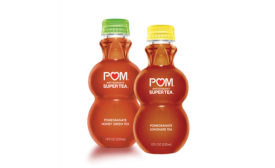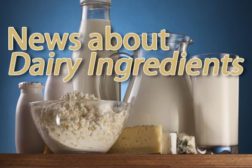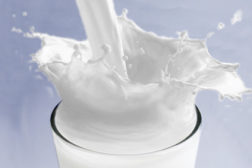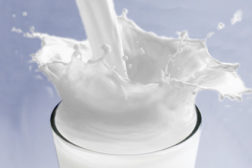Prebiotics
Higher diversity is the hallmark of a healthy gut microbiome.
Read More
Probiotics, prebiotics are natural partners for dairy
These ingredients can attract today’s health-concerned shoppers.
December 6, 2021
Promote healthy aging with dairy
Fortifying dairy products with certain ingredients can attract consumers looking to maintain a high quality of life as they get older.
August 3, 2021
Fiber ingredients could add value to dairy products
They enable sugar reduction while promoting digestive and immune health
August 21, 2020
The dairy industry’s role in prebiotics education
Consumer awareness and purchases of probiotic-containing products have skyrocketed. Has this paved the way for promoting and marketing prebiotics in dairy foods?
August 7, 2014
Prebiotics promote the growth of probiotics
Prebiotics are nondigestible dietary fibers that promote the growth and activity of probiotics. That much we do know. But dieticians, processors and consumers have so much more to learn.
August 17, 2013
Prebiotics and health: a compelling story
As scientists learn more about prebiotics, dairy’s prospects increase. For the present time, look to plants if you want to add prebiotics. But for the future, prebiotics could come from the oligosaccharides in whey permeate.
August 16, 2012
Formulating ice cream with prebiotics, probiotics
Processors can introduce these healthy bacteria into frozen desserts by using syrups, sauces and inclusions.
May 14, 2012
Dairy Foods and Demographics: Dairy Foods for All Ages
Infants, adolescents, adults and seniors have specific nutritional needs. Milk serves as a base for functional ingredients that can deliver those nutrients.
April 10, 2012
Stay ahead of the curve. Unlock a dose of cutting-edge insights.
Receive our premium content directly to your inbox.
SIGN-UP TODAYCopyright ©2025. All Rights Reserved BNP Media.
Design, CMS, Hosting & Web Development :: ePublishing


.jpg?height=168&t=1639062115&width=275)










